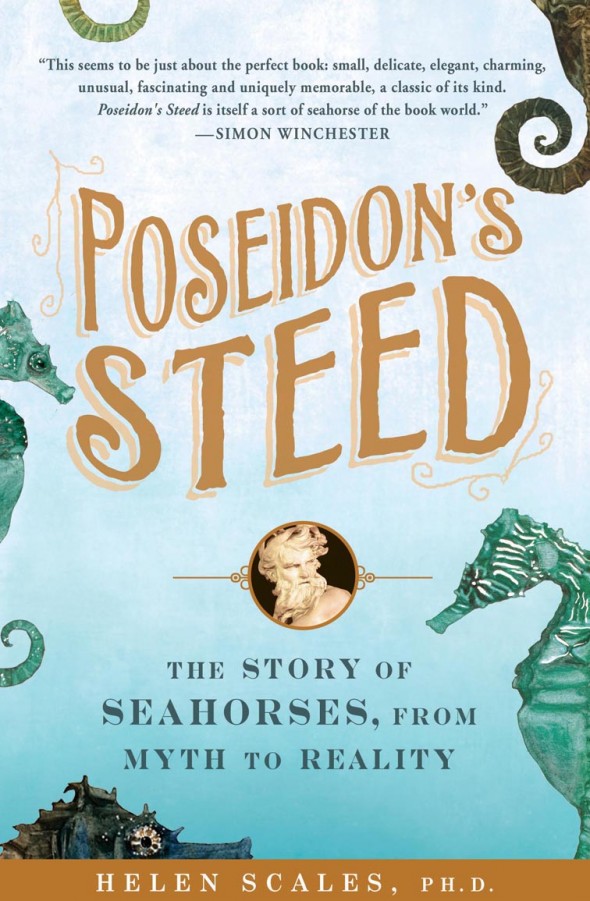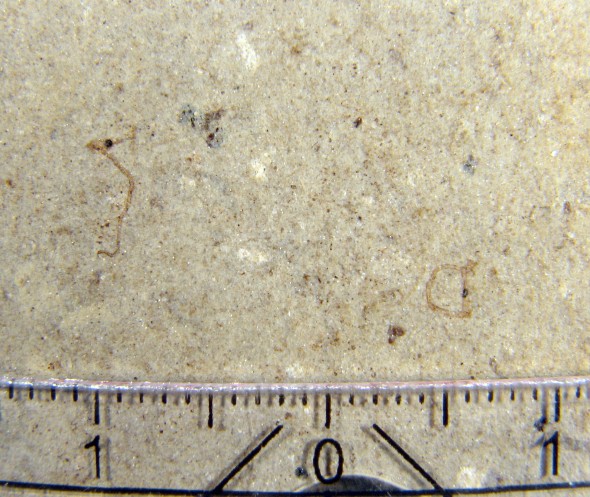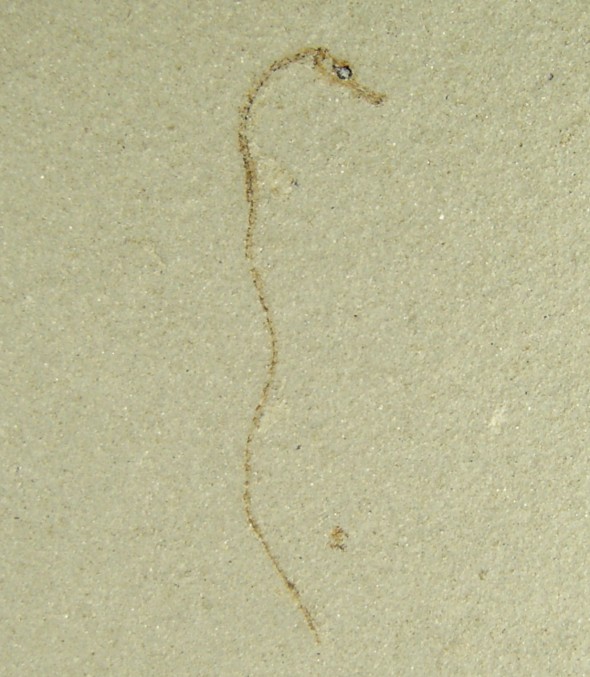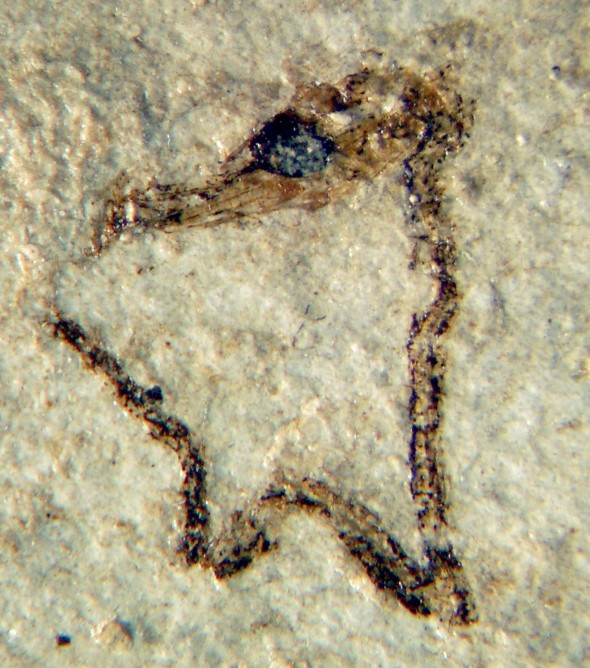 Writing a book about seahorses gave me a wonderful opportunity to shine some light into the obscure lives of these fascinating little fish. But of course, the thing about books (at least the old fashioned, paper kind) is that they fix events at a certain point in time when in reality the story carries on.
Writing a book about seahorses gave me a wonderful opportunity to shine some light into the obscure lives of these fascinating little fish. But of course, the thing about books (at least the old fashioned, paper kind) is that they fix events at a certain point in time when in reality the story carries on.
In the next few posts, I’ll be giving away a few of the things we now know about seahorses, things that we didn’t know when Poseidon’s Steed went to press, and a few updates especially for readers who want to know what happened next.
First up…
Baby seahorse fossils discovered
When I wrote Poseidon’s Steed, no-one had ever named any fossils of extinct seahorses. Now they have. And these little guys were just babies when they were set in stone forever.
Jure Žalohar stumbled on them in a stream in Slovenia while hunting for fossil insects. Among the fossils are juvenile seahorses just 5mm long – they look like eye lashes cast in stone.
The fossil find led to the naming of two extinct species. Hippocampus sarmaticus (A in the figure below) is named after the era in Earth’s history when these syngnathids lived. It looked a little like modern-day three spot seahorses, only with a very long tail.
Then there’s Hippocampus slovenicus (B below). This one looked more like the knobbly Bargibant’s pygmy seahorse of today (but with a much longer snout).
Since finding these fossils, Jure has made some more great stone seahorse discoveries – but I can’t tell you about those ones yet. You’ll just have to wait.




Leave a Reply